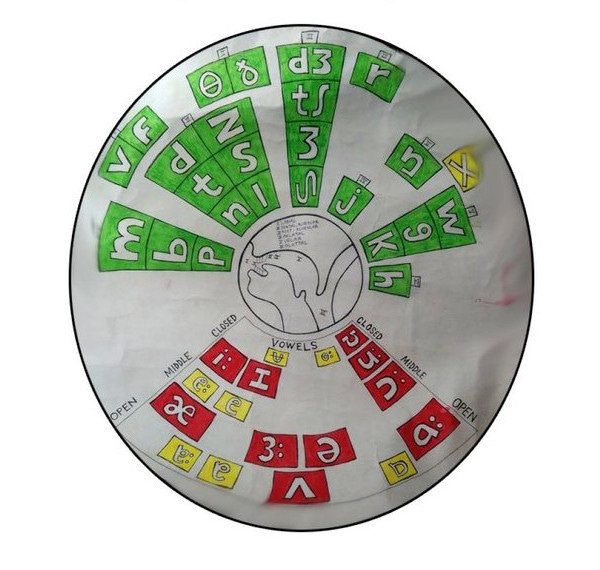Calphabet - 4. Alphabets
4. Alphabets
The concept of a phonetic alphabet involves a system of writing where each symbol corresponds to a specific sound in spoken language. The evolution of phonetic alphabets is intertwined with the broader history of writing systems.
Proto-writing, used symbols to represent ideas or objects, but not necessarily specific sounds. Cuneiform, developed by the Sumerians around 3200 BCE, initially was logographic but eventually incorporated phonetic elements. Egyptian Hieroglyphs, starting around 3000 BCE, were also logographic but included phonetic elements.
The Phoenicians developed one of the first purely phonetic writing systems around 1200 BCE, with each symbol representing a distinct consonant sound. The Greeks adapted this system, adding symbols for vowel sounds. The Romans then established the basis for the modern Latin alphabet used in many languages today, including English.
Other phonetic scripts like Brahmic scripts, influenced many modern scripts like Cyrillic, used for Russian and many Slavic languages. The International Phonetic Alphabet (IPA) was developed in the late 19th century to represent all possible human speech sounds and is used by linguists and educators for consistent language sound representation.
The Latin, Cyrillic and IPA alphabets have some limitations. The Calphabet, a new and innovative system collectively designed by our community, will address these limitations by offering a more user-friendly and comprehensive standardized approach to transcribing sounds. By associating sounds with days and hours, and by designing new symbols that represent distinct features, such as the area of articulation, this Calphabet will be designed to greatly improve language acquisition and minimize ambiguity in translations.


